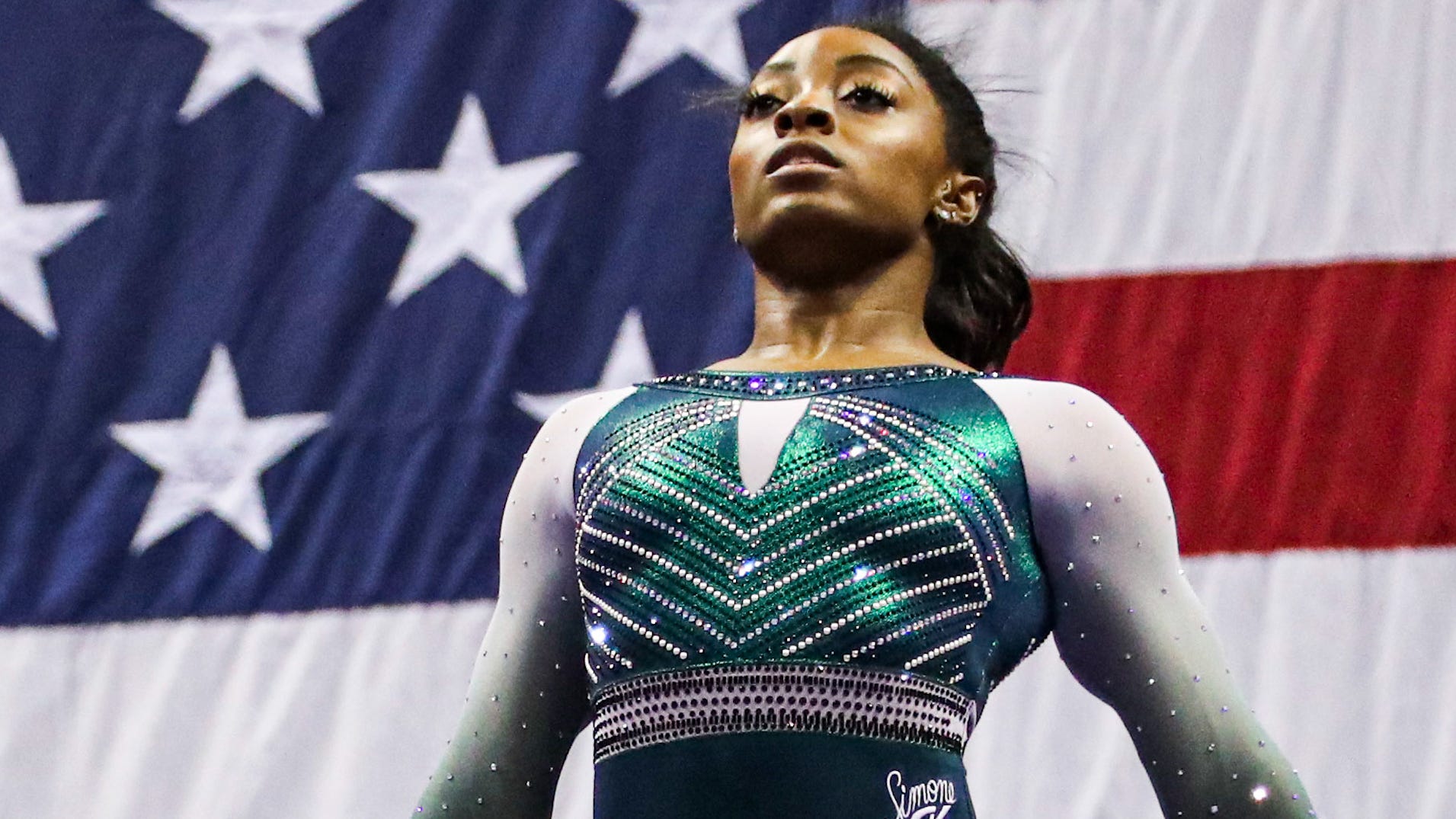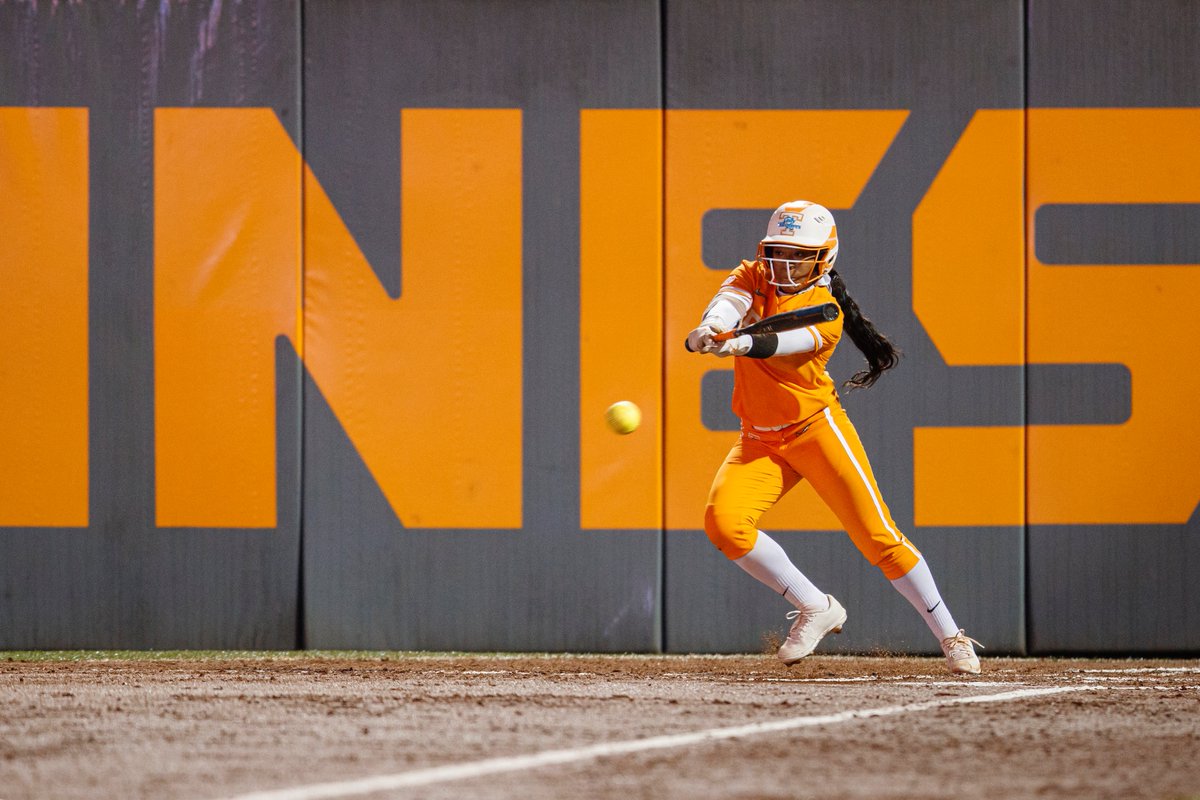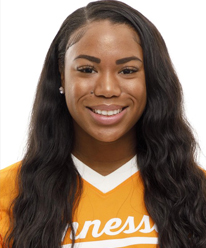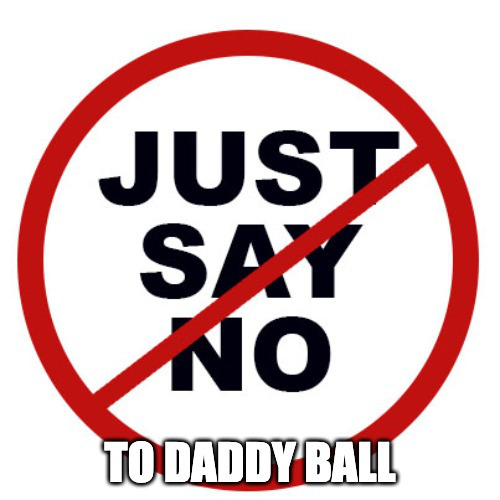
Earlier today, at a gut-wrenching press conference, Simone Biles explained why she stepped back from the team competition in the Tokyo Olympics. She felt that she needed some time to work on her mental health and mindfulness and didn't want for her team to suffer.
This simple act has brought so much heated debate to the internet. Some view it as Simone being a "quitter" while others view it as a moment to celebrate because she put her mental health first. The reality is probably somewhere in between, but whatever her reason, we should look to Simone Biles as an inspiration. All athletes, no matter what the sport, can take her actions and learn from them.
We don't know what struggles Simone is going through. In order to become an elite athelete, which she most certainly is, it takes years of relentless dedication. What she must have been going through in order to make the decision to step back on the stage she's been training for her whole life must have been tremendous.
The fact of the matter is, Simone was struggling. She knew it and she also knew that there was no coach that was going to "pull" her. When a pitcher struggles, there is a bullpen of other pitchers behind her waiting to pick up the slack. In softball, a coach makes that decision, however difficult it may be. In gymnastics, especially for someone like Simone, there is no bullpen waiting to relieve her. No coach was going to make that call. She had to do what she felt was best for herself and her team. And that's exactly what she did.
In sports, we are trained to win, we're trained to want the spotlight on us, we're trained to never give up. Simone Biles was also trained this way. She put her team first, knowing she couldn't compete at the level that was needed from her. That makes her the ultimate GOAT. Being selfless in order to elevate your team is the definition of a team player. All of our players should be willing to make that sacrifice for their team and sit the bench when they're not what's best for the team. That's what makes someone great, not selfishly hoarding the spotlight to the detriment of the team.
Lastly, Simone Biles is an inspiration for putting her mental health first. We forget that at the end of the day, for most of us, sports is just a recreation. Yes, occasionally scholarships are awarded and contracts are signed, but for the vast majority of players, this is something that is supposed to be enjoyable. Yes, we want to win. Yes, we throw everything we have into it. Yes, we empty the tank and leave nothing on the field. But sometimes, we need to sit back and think about ourselves first. We need to make sure that we are taking care of ourselves. We need to give ourselves permission to sit one out. Simone Biles isn't perfect, but by putting her team first, she showed today why she's so much stronger than we thought.
Good luck, Simone

There are so many things that young slappers will do incorrectly when trying to slap. We will try to cover the most common slapping flaws and then tell you how to fix them.
Being too fast in the box
Oftentimes, slappers have this perception of having to be fast out of the box. We have to almost walk through the box, being calm and smooth. If we are too fast with our footwork in the box then we are going to eventually have to stop to make contact. We don?t want to start, stop, and start again. As we are making contact we want to make sure we are staying on our power line and not leaning or pulling out to first. Remember softball first and then track. Once we make contact we can run as fast as we can but until then SLOW & SMOOTH.
Too many steps to first base
As slappers we are typically fast, but we have to use every advantage we can to be safe. Anytime we are making contact we have to be in the front corner of the box. Majority of our plays are bang bang plays so we have to take every inch. When you get in the box, based on your height and your strides, start in a place that you know you will end at the front corner of the box every time. Your steps count as soon as you crossover and you do not want to be in the back or in the middle of the box at contact. Overall, a slapper should be taking thirteen steps or less to get to first base.
Not being able to differentiate between slaps
When it comes to differentiating slaps, slappers need to be aware mentally and physically that your contact point is going to vary. When we are drag bunting, we want to catch the ball out in front of our body. The key parts to bunting are a flat barrel, focusing on the top half of the ball, and using the last five inches of our bat. When soft slapping we want to let the ball travel deeper, catching it on our back leg and hitting the top half of the ball. On soft slaps our approach to the ball is not soft; we are still keeping our same bat speed and stopping at contact. Our chop is the same contact point as the soft slap. We are not stopping at contact but are rolling hard over the ball. With soft slap and chop we want the ball to hit as close to the plate. When hard slapping, also known as power slapping, we change our contact point to out in front so that we can hit the middle of the ball and let the pitcher supply the power.
Not reading the defense
Last but not least, we as slappers have to read the defense. Our job is to put pressure on them and be a hard out. How can we do that without reading how they are playing us? We can't rely on our coaches to help us. The defense can shift pitch by pitch or even mid pitch. We have so many tools in our back pocket that we should be reading the defense and adjusting. When the defense is playing in and in our face we want something hard. If the defense is playing back we want to give them something more soft for them to have to run in and get.
Be your best self
No matter what be YOUR best self. Work hard for YOU. Become mentally sound and a student of the game. The best performers are always putting in time training the fundamentals.
About Tianna Batts

Tianna Batts is a former member of the University of Tennessee softball team, appearing in the NCAA Regionals and Super Regionals. She finished high school at 10-time State Champion Alexander Central and is ranked 5th in North Carolina history with a .549 batting average. She ranks 7th in North Carolina high school softball history in hits, 6th in runs scored, 3rd in stolen bases and 3rd with a 32-game hit streak. She was selected as an All-State athlete in 2013-2016 and was chosen as an All-American in 2015 and 2016. She is currently instructing at the Softball Project in in Stallings, NC

What Is Daddy Ball?
We've all heard about daddy ball and how we should avoid it. But what is daddy ball? In order to avoid it, we have to know what it is and what it looks like.Some people describe daddy ball as when a dad coaches his son or daughter. This isn't always the case. There are alot of good coaches who also happen to be dads. Others think it's when the dad-coach only focuses on his child. While this is certainly part of it, this isn't the root cause of daddy ball. Daddy ball is actually when the act of coaching is more about the dad than the kids on the team (including his own daughter)
Daddy ball dads coach because they want an ego boost, not to teach and grow the players on the team. While it outwardly may appear as if their daughter is the star of the show, in reality it's the dad that wants the spotlight.
How To Recognize Daddy Ball
Just being a dad-coach doesn't mean daddy ball is at play and in some cases a coach can be just as bad without even having a girl on the team. If you've ever watched a team and noticed the coach more than the players, you might be watching daddy ball.Here are a few signs to look out for when trying to identify daddy ball.
The coach makes the team about him. Watch what happens when the team loses. This is telling. If a coach berates his team or says how embarrassed he is then it's about him and not his team's growth. Of course a team needs to be held accountable when they have an off game but it should always be for their benefit, not because of how the coach feels or looks.
You can identify his daughter in a practice/tryout. The initial tryout is just as much for the player to tryout the team and coach as it is for the coach to tryout the player. If you can pick out the coach's daughter in the tryout, that could be an indicator of daddy ball. A dad that's overly aggressive or easy on his daughter is acting in a way that puts his feelings before the benefit of the team
He's "too good" to consider other points of view. Of course a head coach should be in charge because the wins and losses stop with him, but a coach that doesn't listen to outside points of view could be an indication that he's afraid of losing his power on the team. Since it's really about his ego, he will see anyone with a different opinion as a threat to him and as someone who should be punished and removed at all costs.
His daughter is the start of the show. This one may seem obvious, but it's not always easy to identify. Sometimes a daddy ball dad will form a team around his daughter so that his daughter is the best on the team. This guarantees no complaints about her play time but in the end it only hurts his daughter and confirms that the coaching is all about him. If he were to swallow his pride and get his "star" player on another team with better players, coaches and competition, she would grow much faster as a player. But daddy ball isn't about his daughter, it's about the dad.
What do you do if you are on a daddy ball team
Run. Seriously though, the first thing you should do is try and talk to the coach. It could be that he is well meaning and isn't aware of what he's doing. Always try talking first in a respectful way. If that doesn't work or your daughter is punished (she may sit the bench the whole next tournament) then the only thing left to do is find a new team. You and your daughter will be better off for it.Just be sure to keep an eye out for the warning signs above in your next tryouts
